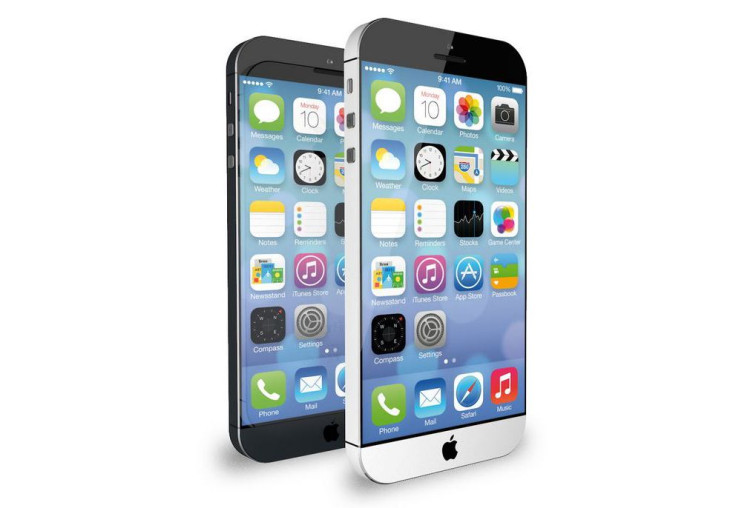Apple iPhone 6 Release Date Coming: Rumors Suggest 10-MP Camera, New Screen Technology, Possible June Launch

A newly released report hit the Web Monday, fueling iPhone 6 rumors that Apple’s next generation will come in two different sizes. According to the report, the iPhone 6 will come in a 4.7/4.8 inch and a 5.5 inch display version. However, some people are calling foul on the report, citing the flat panel display (FPD) technology as a complete departure from Apple’s previous iPhone displays.
The report states that both the smaller and larger iPhone 6 FPDs will use IGZO (Indium gallium zinc oxide) screens as opposed to LTPS (Low Temperature Polycrystalline Silicon) displays. Generally speaking, LTPS displays are the industry standard as they provide for longer battery life and brighter resolutions. However, IGZO screens are gaining in popularity in the larger display markets, like tablets and phablets. The Samsung Galaxy Note 3, for example, is equipped with a 12.2 inch IGZO display.
But Apple has notably stuck with the LTPS screens on the iPhone line due to the faster speed of the screen and subsequently better resolution. The screen size might be the clincher though, as larger LTPS displays are harder to produce. The report also states that the screen resolution will be 440ppi and 510ppi, respectively. This supports the IGZO claim as IGZO offers higher resolution than LTPS at larger sizes.
Other notable upgrades to the iPhone 6 is a sizeable bump in RAM to 2GB and an upgraded 3.2MP front facing camera. The rear camera will remain at 8MP, according to this report. Still, other rumors (via a Chinese site that sources Taiwan’s industry chain) peg the rear camera to be a 10MP with an improved f/1.8 aperture. The iPhone 5s currently sports an 8MP f/2.2, so if the second rumor is to be believed, the rear camera would not only be getting a sensor upgrade, but completely new hardware.
The second report also claims the IR filter will be changed to a resin lens filter made by Japanese-based manufacturer JSR. The resin lens filter has better color correction for CMOS sensors, which indicates why the hybrid IR lens would be replaced. Last month, rumors indicated that the iPhone 6 will still sport an 8MP camera instead of jumping into the double digits; however, the camera will have an improved image stabilizer. Still, the iPhone line has featured an 8MP camera since the iPhone 4s, so it stands to reason that Apple would be looking at improving the megapixels instead of just refining current technology.
The iPhone 6 will be Apple’s eighth mobile smartphone. The iPhone 5s and 5c, Apple’s current offerings, were released in September 2013, marking the first time Apple released two phones at the same time. Industry analysts have speculated a June release for the iPhone 6, but that would be less than a full year between cycles. June was historically the month that Apple released an iPhone, but Apple adopted a fall launch for the iPhone 4s, and the fall release date has remained for three iPhone generations. The fall release pattern supports a holiday season push.
© Copyright IBTimes 2024. All rights reserved.











